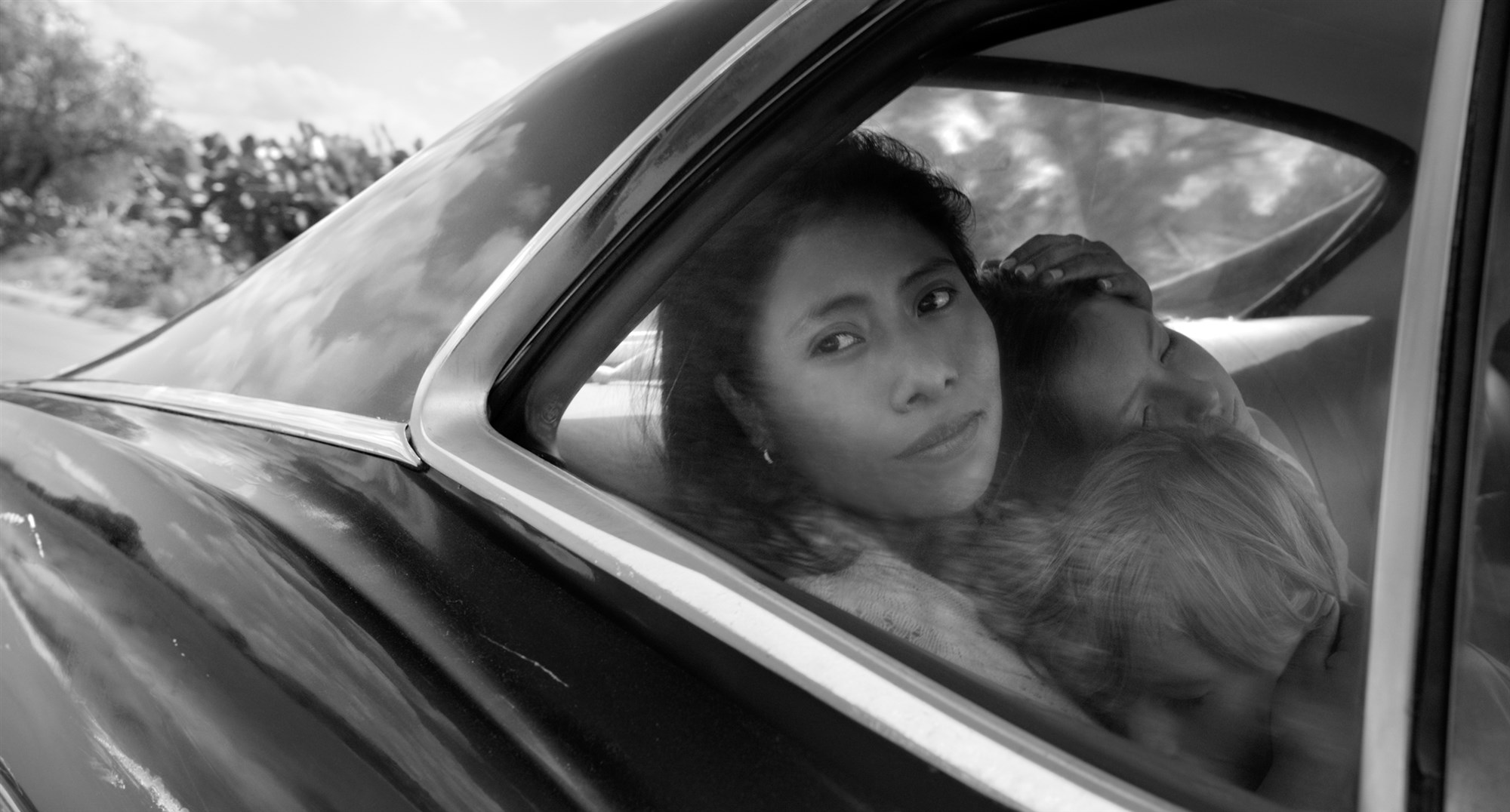Plenty of filmmakers have made personal films, but not many have gone to the lengths Mexican director Alfonso Cuarón did to recreate his family home from childhood for his latest movie, “Roma.”
But “Roma” is not a portrait of the Oscar-winning director as a young boy. It’s about the woman Cuarón says helped raise him, a domestic worker named Liboria “Libo” Rodríguez, who looked after his family and their home.
“Roma” is a film about memory revisited. It’s a theme that extends to the film’s visual style, which is shot in black-and-white, but shot digitally so details are sharper, unlike the soft, grainer texture found in old movies.
Cuarón revisits his childhood with the experiences of his grown-up present and with a better understanding of the inequalities that existed in his household. He centers “Roma” not on the perspective of a light-skinned, middle-class Mexican boy but from that of the indigenous domestic worker who helped raise him since he was 9 months old and inspired his interest in the movies with many trips to the cinema.

“It was probably my own guilt about social dynamics, class dynamics, racial dynamics,” Cuarón told Variety, explaining that as a child, he didn’t understand that Rodríguez’s experiences were different than his. In interviews with Rodríguez, Cuarón learned more about the person beyond her nanny role to create the character of Cleo, who is played by first-time actor Yalitza Aparicio.
Cleo is one of two domestic workers in his middle-class home, but she’s often the one looking after Sofía’s (Marina de Tavira) four children. Outside of her duties, Cleo goes out on dates, falls in love and then into heartbreak. Just as Cleo’s life is about to change with an unannounced pregnancy, the family she works for is also going into its own crisis. After the family’s patriarch runs off with his mistress, the two women are united by their pain and duty to the children, but their uneasy relationship remains that of employer and employee.
Aparicio has earned much praise and attention for her emotional performance. Although she’s reserved when tending to the children, she finds a few breaks to catch up and gossip in the indigenous Mixtec language with her best friend, Adela (Nancy García). Aparicio, who speaks Spanish, did not know Mixtec before shooting “Roma” so García García, her friend offscreen as well, would coach her through her lines in Mixtec, while Cuarón helped her rehearse dialogue in Spanish.
Aparicio could not study up on her lines too far in advance because Cuarón chose to keep the script from his cast until it was almost time to shoot. Sometimes, they would not be told what was happening, so the director could capture their raw reactions.
There is so much detail in the film, that even on my second watch, I found new things to look at in the family home, the details of the courtyard and the extras walking around a bustling Mexico City of the ‘70s.
Production designer Eugenio Caballero told me at an Oscar event that Cuarón really tried to recreate his childhood home, down to the furniture and drapes. Because the movie is filmed in black-and-white, the production crew had to make sure the colors of clothes and upholstery looked accurate in greyscale.
Although “Roma” looks like a grand period piece, it lacks a score in favor of natural sounds in the neighborhood: layers upon layers of street sounds, the delighted shrieks of children playing, cars honking and the occasional intrusion of a marching band practice. Part of the reason why there’s been a push by film critics and fans to watch “Roma” in theaters is that the sound mix and production design were optimized for a theatrical experience, but since more people will be able to watch the movie on Netflix, the next best option is to play it on the largest screen in your home.
Such a deeply personal work has moved many viewers to reflect on their own experiences. If I may lightly go into some spoilers, there’s a central character who claims to not have wanted her child, which was one of a few times the movie got me to cry.










